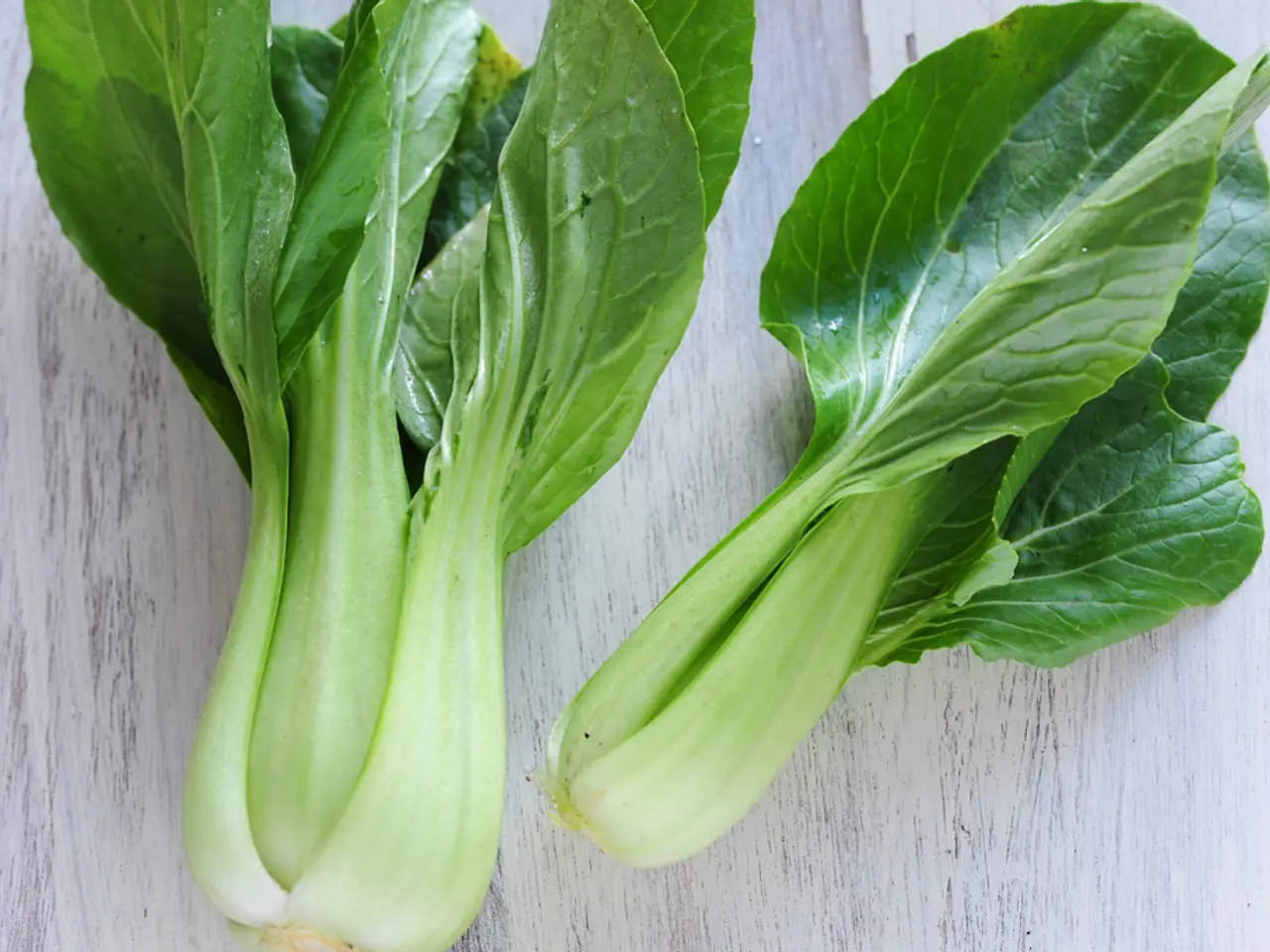Optimal and Suboptimal Plant Companions for Growing Tomatoes
In the world of gardening, understanding the relationship between different plants is crucial for a bountiful harvest. This is particularly true for tomatoes, a popular vegetable that thrives under the right conditions and companions.
Tomatoes do not work well with certain plants, such as cabbage, corn, eggplant, walnuts, and fennel. These plants can lead to stunted growth, smaller fruits, and increased risk of diseases. For instance, walnut trees produce the chemical juglone, which can cause stunted growth and smaller fruits in tomato plants, and increase the risk of walnut wilt. Fennel, on the other hand, produces a chemical that inhibits root and plant growth, affecting many garden plants.
However, there are several plants that make excellent companions for tomatoes. The best companion plants include basil, marigolds, garlic, onions, beans, borage, carrots, parsley, dill, chives, celery, asparagus, and calendula. These plants improve tomato growth by repelling pests, attracting beneficial insects, enhancing flavors, fixing nitrogen in the soil, and reducing diseases.
For example, basil improves root size and helps deter pests like aphids and hornworms. Marigolds, on the other hand, repel whiteflies and attract parasitic wasps that attack tomato pests. Garlic and onions repel many tomato pests with their strong odors, while beans add nitrogen to soil beneficial for tomatoes. Borage attracts pollinators and predatory wasps that target tomato hornworms.
Marigolds are a standout companion plant, protecting tomatoes from pests such as root-knot nematodes, tomato hornworms, whiteflies, and thrips. Some growers even claim that marigolds protect tomato plants from rabbits and other large animals.
Leaf lettuce and tomatoes grow well together, as they inhibit the spread of diseases caused by rot and lettuce inhibits weed growth. Carrots can improve the flavor of tomatoes when grown side by side, but their roots may compete for space.
Bell peppers and tomatoes also complement each other, improving each other's flavors and repelling nibbling pests. However, tomatoes may cast a shadow on bell pepper plants.
Eggplants and tomatoes are vulnerable to early and late blight when grown together, leading to blight build-up in the soil and potential spread throughout the garden. Corn and tomato plants share the same pests, attracting nibbling pests and potentially decimating the entire garden.
Cabbage and tomato plants do not complement each other, leading to stunted growth and smaller fruits when grown side by side.
In summary, plant tomatoes near herbs like basil, dill, chives, and parsley, flowers such as marigolds and calendula, and vegetables like beans, carrots, celery, and asparagus. Avoid planting them near brassicas to reduce competition and pest problems.
The tomato plant is easy to grow, requiring full sun and regular watering. With the right companions, a tomato plant can produce a lot of fruits in a short amount of time, providing you with a bountiful harvest. Subscribing to a gardening newsletter can provide you with fresh gardening articles and helpful resources to ensure a successful vegetable garden.
When considering a home-and-garden setup that includes tomatoes, it is essential to avoid planting them near cabbage, corn, eggplant, walnuts, and fennel due to possible stunted growth, smaller fruits, and increased risk of diseases for the tomatoes. On the other hand, herbs like basil, dill, chives, and parsley, flowers such as marigolds and calendula, and vegetables like beans, carrots, celery, and asparagus make excellent companions for tomatoes as they improve tomato growth by repelling pests, attracting beneficial insects, enhancing flavors, fixing nitrogen in the soil, and reducing diseases.




